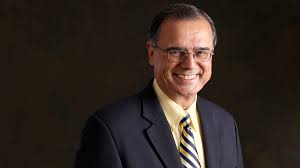US ad industry boss warns Australia may need its own study on value banks
The man who commissioned the controversial K2 transparency report has warned Australia may want to consider running the magnifying glass over its media agencies, after ex-FBI investigators found media rebates, credits and value bank practices were “pervasive” in the United States.
Overnight the ANA, the US advertiser association, released a highly anticipated report which claimed the industry faces “systemic non-transparent business practices” in terms of media owners providing “kick backs” to agencies and accusing top media agency executives aware of and in some instances mandating them.
Both the Australian Association of National Advertisers and Media Federation of Australia have pledged to review the report’s findings.


